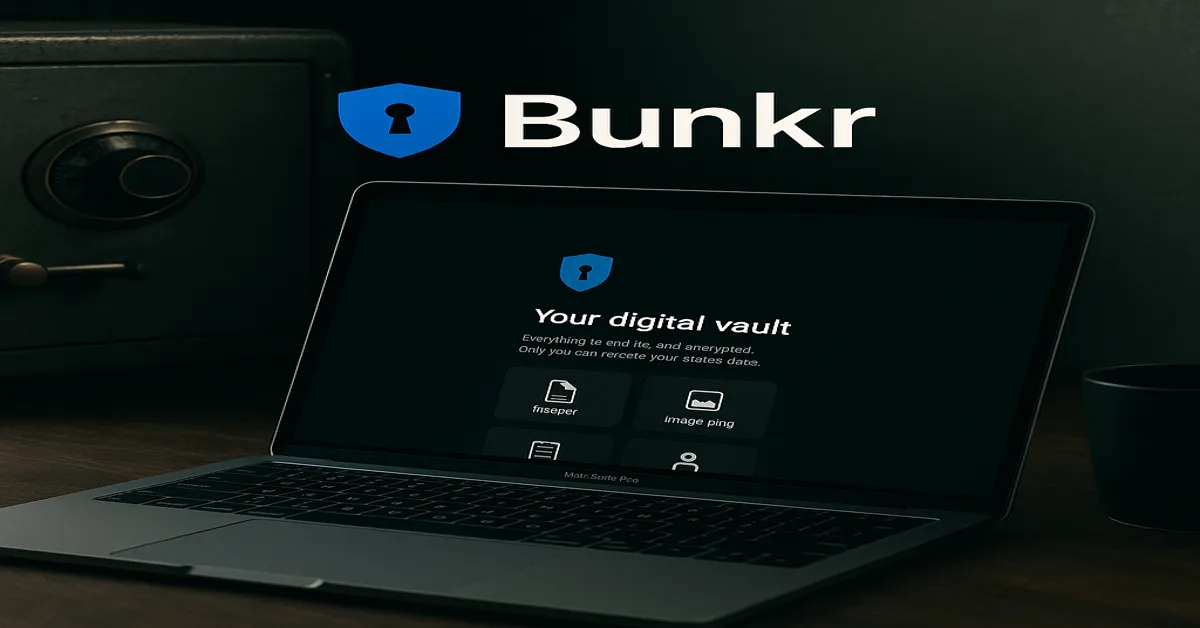In the age of digital saturation, privacy has become paradoxical. We crave connection, yet we fear exposure. We rely on cloud storage, yet dread breaches. In a world where data is currency, and oversharing is normalized, the need for private, secure, and streamlined content management has never been more urgent. Enter Bunkr—a modern digital vault designed not just to store, but to protect, control, and empower how we share information in the digital era.
The Rise of Bunkr: Contextualizing the Need
The genesis of Bunkr is rooted in a problem as old as the internet itself: control. Who owns our data? How is it accessed, distributed, and stored? Traditional cloud platforms have offered solutions, but they often come with compromise. Whether it’s murky terms of service, hidden vulnerabilities, or unintentional leaks, the landscape is riddled with risk.
Bunkr was developed in response to a growing public demand for transparency, security, and simplicity. It emerged during a pivotal time when whistleblowers, journalists, creators, and corporate teams alike were searching for a better way to manage sensitive content—one that prioritized end-to-end encryption, granular permission settings, and user sovereignty.
How Bunkr Works: Under the Hood
At its core, Bunkr is a highly secure, user-focused platform that allows individuals and teams to store, organize, and selectively share digital files. But its real innovation lies in its architecture:
- End-to-End Encryption: Every file uploaded to Bunkr is encrypted on the user’s device before it ever touches the cloud. This ensures that not even Bunkr’s servers can read the content.
- Zero-Knowledge Protocols: Bunkr employs a zero-knowledge framework, meaning it holds no keys to decrypt user data. This ensures absolute privacy, as no third party—including Bunkr itself—can access stored content.
- Adaptive Permissions: Users can set unique access levels for each file or folder, from view-only to full collaboration, and even time-restricted access.
- Audit Trails and Activity Logs: Bunkr provides robust tracking features so users can monitor who accessed what, when, and from where.
- Blockchain Integration (Optional): For high-risk or compliance-driven industries, Bunkr offers a blockchain ledger to verify data authenticity and prevent tampering.
Who Uses Bunkr?
While Bunkr’s features cater to virtually any digital user, its strongest appeal lies with a few key demographics:
- Journalists & Activists: In regions with restricted press freedom, Bunkr provides a lifeline for whistleblowers and media professionals.
- Creative Professionals: Designers, writers, and videographers use Bunkr to share portfolios and drafts without fearing intellectual theft.
- Corporate Teams: From legal departments to marketing, Bunkr helps teams manage internal documents securely.
- Education Sector: Professors and students can distribute coursework, feedback, and research materials in a protected space.
Bunkr in Practice: Real-World Applications
Imagine a journalist receiving sensitive documents from a confidential source. With Bunkr, they can verify the authenticity of files via blockchain, store them encrypted, and share portions with an editor without compromising the identity of the source.
Or consider a design agency working on a new brand identity. They can house all project files in Bunkr, controlling client access to versions and maintaining a clear revision history.
In education, a university could use Bunkr for secure exam distribution, ensuring only intended recipients can view the content within specific timeframes.
Privacy vs. Convenience: Striking the Balance
One of Bunkr’s most compelling qualities is that it doesn’t ask users to choose between security and usability. Where many secure platforms falter is in accessibility—adding so many layers of authentication and process that the tool becomes unusable.
Bunkr’s interface is deceptively simple. It mirrors the familiar drag-and-drop, folder-based systems of mainstream services, layered atop with invisible but formidable security architecture. The user doesn’t need to understand cryptography to benefit from it.
The Design Philosophy: Minimalism Meets Functionality
Inspired by the principles of Bauhaus minimalism and modern UI/UX psychology, Bunkr’s design strips away visual clutter. It aims for an intuitive experience where security features are not just embedded, but anticipated by design.
Dark mode for late-night work, mobile-optimized dashboards, AI-assisted file tagging, and voice-to-text annotations are just a few examples of how Bunkr meets users where they are—on the go, under pressure, and needing clarity.
Data Sovereignty: A Core Tenet
Bunkr doesn’t merely encrypt data—it champions digital sovereignty. Users can choose data residency options, deciding whether their files are stored in specific jurisdictions to meet legal and ethical standards. This is crucial for organizations operating in multiple countries with differing privacy laws.
The Economics of Privacy
Most platforms monetize data—either directly or indirectly. Bunkr rejects that model. It’s a subscription-based service, and that’s intentional. It means there’s no conflict of interest between user privacy and platform profitability.
Tiered pricing allows individuals, small teams, and enterprises to access tailored services. A free plan exists, but it’s carefully calibrated to prevent abuse while still offering meaningful functionality.
What’s Next for Bunkr?
The roadmap for Bunkr includes AI-assisted threat detection, deeper third-party app integrations (like Slack and Notion), and edge computing enhancements for offline access and faster syncing. There’s also talk of a decentralized version—BunkrNode—where users can host their own mini-servers.
Moreover, community governance models are being explored, giving power users voting rights on new features or policy changes.
Conclusion: A Quiet Revolution in Data Control
Bunkr isn’t flashy. It doesn’t advertise with celebrity endorsements or viral stunts. It doesn’t need to. Its growth is quiet, methodical, and community-driven—just like the product itself.
In a digital age where attention is monetized and privacy is politicized, Bunkr offers a rare sanctuary. Not by isolating its users, but by empowering them. It’s a tool not just for file management, but for reclaiming agency in an often overwhelming digital landscape.
Because in the end, true innovation doesn’t just make life easier—it makes it safer, too.

